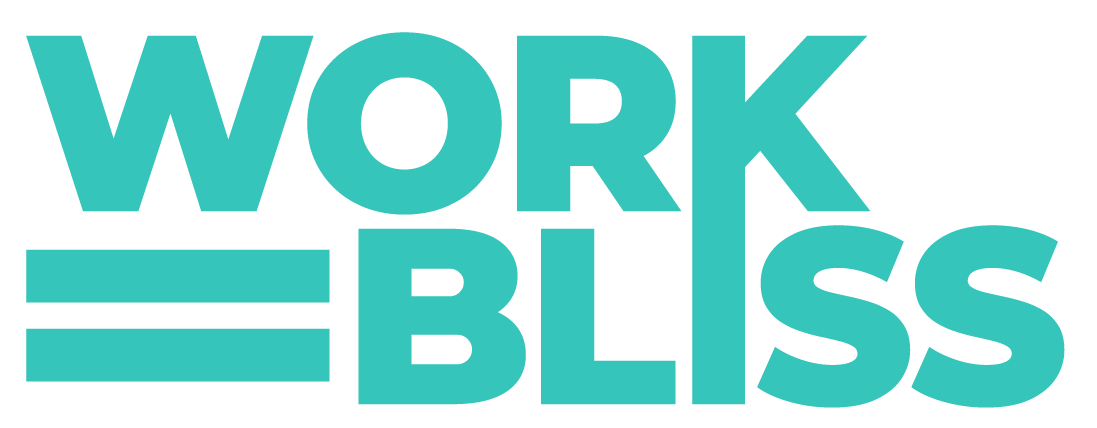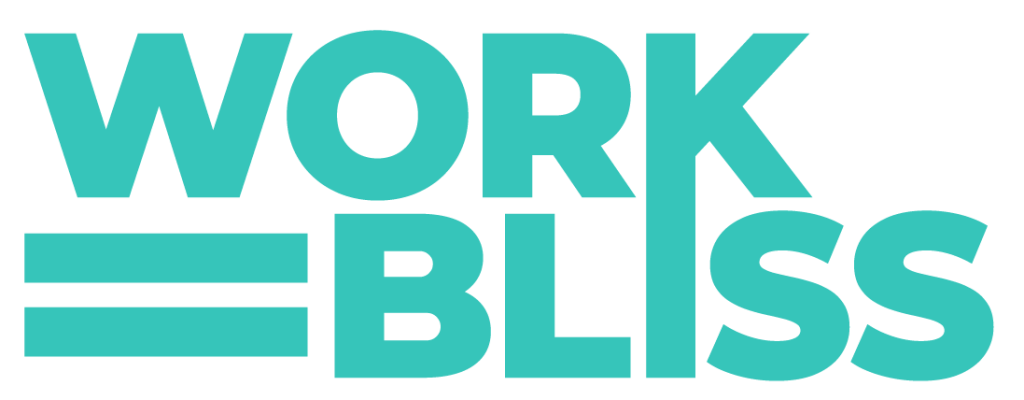While the intention behind one-time diversity training may be just, it has proven to have a lack of depth and is often used as a tick-box approach by many organizations.
This has led to poor results and has even bred backlash from employees as they can feel accused or forced into changing their beliefs and behaviors.
Below, we uncover the challenges for one-time diversity training to give you a sense of why it’s critical to invest in training sessions that have lasting impact.
False Expectations
Imagine this: You’re taking part in a one-day workshop on inclusion, and suddenly you’re expected to stand up for diversity. Sounds too good to be true? That’s because it is.
Inclusion is not a one-size-fits-all formula that can be solved with a single training session. True inclusion requires a change in mindset, and that doesn’t happen overnight. It’s a process that needs to be woven into your day-to-day work.
Misinterpreted Judgment
Let’s face it — humans are resistant to change. When you single out individuals for inclusion training, it inadvertently sends the message that they’ve done something wrong or that their behavior is unacceptable. This not only fosters negativity but also widens the gap between employees.
The key lies in integrating inclusion seamlessly into the normal course of work. When it’s part of your everyday operations, it becomes less about remedying mistakes and more about shaping a collective mindset that values diversity.
Unclear ROI
Return on Investment (ROI) is a term often thrown around in the business world. When it comes to inclusion training, calculating tangible returns can be a challenge.
You might be wondering, “How do we measure the success of an intangible concept like inclusivity?”
And you’re absolutely right. This is where the problem lies with one-time training — it’s tough to build a compelling case for its effectiveness. Inclusion isn’t a one-off accomplishment; it’s a journey that demands consistent effort and engagement.
Potential Need for On-going Training
Inclusion isn’t static; it’s a dynamic concept that evolves as society changes. What’s considered inclusive today might not be tomorrow. This is where the flaw of one-time training becomes glaringly evident.
The world is always evolving, and so are our understanding and expectations of inclusion. That’s why a single training event can quickly become obsolete. To stay relevant, your approach to inclusion needs to be fluid and adaptable, mirroring the ever-changing landscape.
Unwanted Attendance
Most people dread mandatory training sessions. It’s like being handed a plate of vegetables when you’d rather have dessert. One-time inclusion training often falls victim to this resentment.
Instead of fostering a genuine desire to learn and embrace inclusivity, it generates reluctance and disinterest. Effective learning happens when individuals are motivated to participate, not when they feel coerced.
Weaving Inclusion into the Tapestry
A more promising approach is to integrate inclusion into larger leadership programs or existing training initiatives. When inclusion is part of a comprehensive learning journey, it becomes less of an isolated task and more of a fundamental aspect of professional development.
This gradual and consistent delivery not only reinforces the message, but also makes it easier for employees to understand the importance of inclusion to their roles.
Lack of Customization
Every organization is a unique entity with its own culture, values, and challenges.
Generic, one-size-fits-all inclusion training often misses the mark because it doesn’t address the specific needs of your organization.
To truly embrace inclusion, you need to tailor your approach. Customized training that takes into account your organization’s nuances can create a more meaningful and lasting impact.
Conclusion
The allure of one-time inclusion training may seem tempting, but it’s important to recognize the challenges of one-time diversity training. The reality is that such an approach often falls short of achieving lasting change. Inclusion is not a destination but a continuous journey, requiring sustained and integrated efforts.
To genuinely effect change, it’s crucial to embrace inclusion as an ongoing commitment and explore ways to seamlessly integrate it into existing training initiatives.
Remember, inclusion isn’t solely about fixing what’s broken; it’s about enriching and enhancing what’s already present.



